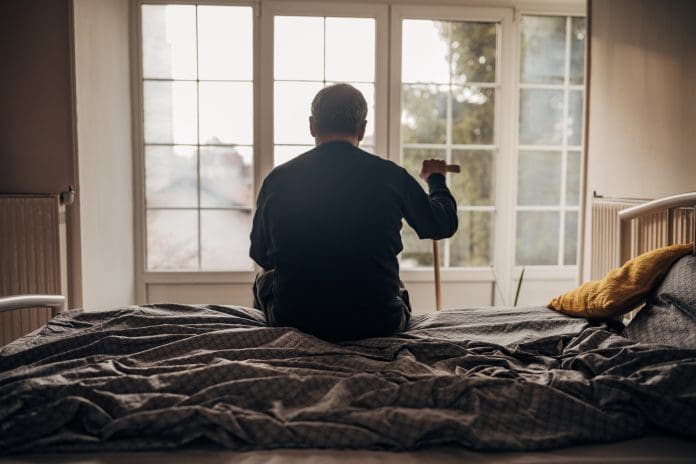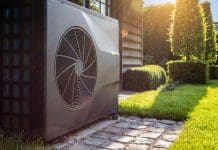Delve into the risks of LST radiators in healthcare, examining how safety casings with fine mesh may not guarantee a safe environment. Discrete Heat investigates the reasons behind the continued use of these potentially hazardous heating solutions
Care homes and dementia wards are peppered with hidden fall hazards.
Our work in the healthcare sector and dementia care has made me very attuned to the constant drip drip drip of incidents involving radiators, and very often those concealed in ‘safety casings’.
Despite several reports detailing the hygienic issues created by radiators and their casings, the low surface temperature (LST) requirements being obviated by the fine mesh on anti-ligature covers and covering a hard steel radiator with sharp edges with a hard steel cover and hard steel faces doesn’t bode well for a safe landing in the event of a trip or a fall.
Even so, they still seem to be the go-to heating solution in care homes and healthcare.
Why are LST radiators still so widely specified and installed?
Dr Faris and his infection control team at Trafford General and MRI combatted difficile infection and MRSA, being the first NHS facility in the country that lasted 1,000 days without a reported infection.
When admitting defeat and faced with ‘LST’ radiators, removing the covers to clean was an impractical nonstarter in a busy ward or hospital corridor, and even then, cleaning between the panels was an impossibility, and the harmful spores that spread airborne illnesses, including COVID, could hide with impunity.
Heavy covers are often a 2-man lift; cleaning in a busy ward or corridor is impractical, and even then, access between skins is not possible.
Hospital Guidelines require radiators in areas of patient care to be cleaned ‘once a week’. Dr Faris knew that some radiators hadn’t been cleaned inside for 10 years.
In order to comply with the AHCP (Association of Healthcare Cleaning Professionals) Guidelines that stipulate that radiators and covers should be cleaned inside and out every week, it would cost the NHS £1bn a year. Therefore, it didn’t happen.
Anti-ligature radiators often are not LST
Secure mental health units require ‘anti-ligature’ fixtures and fittings to prevent individuals who may self-harm from finding a ligature point to create a noose or ‘crocodile roll’ point with which to asphyxiate themselves.
As a result, Low Surface Temperature (LST) radiators, to comply with anti-ligature requirements, installed tiny mesh grilles, through which a cord cannot be threaded. Problem solved? Hardly!
The manufacturer of such anti ligature covers themselves must admit in their literature that they cannot guarantee LST compliance due to the poor airflow through the covers, leading to the surface temperature often approaching that of the radiator inside.
The EasyClean radiant skirting heating system
Rising energy costs and the drive to push net zero are now throwing up additional challenges that have Estate Managers throwing their hands up in despair.
To utilise renewables such as Heat Pumps – radiators need to get a whole lot bigger, and whilst they become naturally LST as a result, they still need a safety casing as they have hard edges, exposed pipework, and potential ligature points.
Our work with the NHS Infection Control Team at Trafford General led to the development of the ‘EasyClean’ a healthcare version of the ThermaSkirt heating system.
Naturally, a safe surface temperature (and thus immediately ‘Heat Pump ready’), it has no exposed pipes, no ligature points, can withstand violent and challenging behavior, and is safe in the event of a trip and a fall.
The EasyClean radiant skirting heating system was developed with the NHS.
For many installations, the EasyClean is more energy-efficient and cost-saving than a large radiator and a purpose-built cover.





![[Video] Fireco: 80 new fire doors required for residential flats in London](https://www.pbctoday.co.uk/news/wp-content/uploads/2025/04/2024-06-01-Lords-view-one_1200x750_004-218x150.webp)








